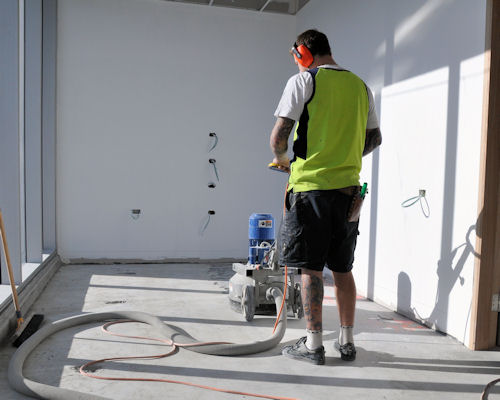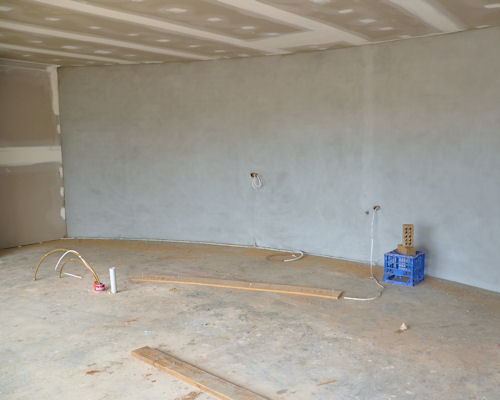Australian Standards
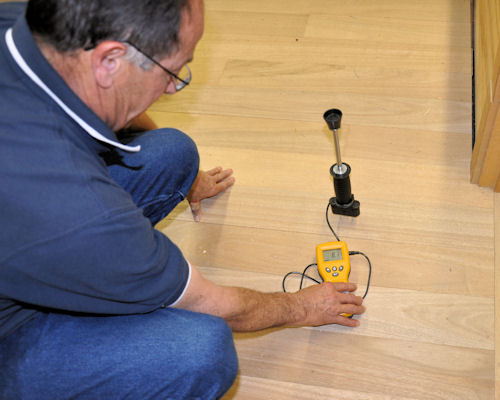 Audio for slide 2 (mp3 |6|KB)
Audio for slide 2 (mp3 |6|KB)
'Liability' refers to the level of responsibility that particular people take for the problem, and who will pay to fix it.
If you've followed the Standards in every aspect of the installation project, you're always able to say that you've done your job properly and met all of your responsibilities as a professional installer.

 Audio for slide 3 (mp3 |6|KB)
Audio for slide 3 (mp3 |6|KB)
The client will have taken it for granted that before you started the installation you made all the necessary checks and satisfied yourself that the site conditions were suitable.
If you believe there are problems with the subfloor, you need to tell the client at the outset and agree with them on a course of action.

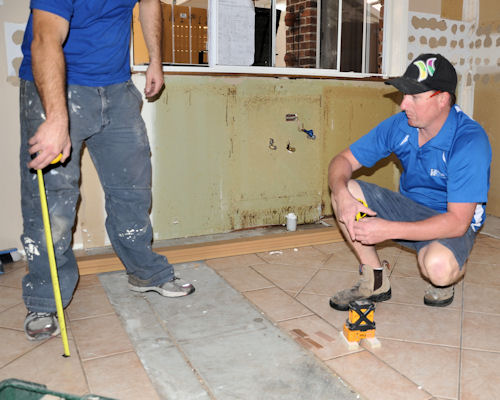 Audio for slide 6 (mp3 |6|KB)
Audio for slide 6 (mp3 |6|KB)
Requests for information from the client
As part of your site assessment, you should ask the client to provide the following information:
- steps that have been taken to protect the walls and subfloor from rising damp
- location of the air conditioning and/or heating systems
- whether the subfloor ventilation complies with the Australian Standard requirements (as set out in AS 1684 and 3660)
- if the subfloor is concrete, the date it was completed, the thickness of the slab, whether curing agents were used, and any other details relevant to the floor covering installation.

 Audio for slide 7 (mp3 |6|KB)
Audio for slide 7 (mp3 |6|KB)
Report to the client
If you find problems with the subfloor or other aspects of the site, you should prepare a written report for the client or the builder.
This will allow you to state what the issues are and how they can be addressed.
Once the issues have been documented, you'll be able to agree with the client on who will be responsible for carrying out the work.

 Audio for slide 8 (mp3 |6|KB)
Audio for slide 8 (mp3 |6|KB)
Other Standards and guidelines
In addition to the Australian Standards, there are various industry standards and codes of practice developed by organisations such as the Australian Timber Flooring Association (ATFA) and Forest and Wood Products Australia (FWPA).
When a flooring manufacturer or installer becomes a member of one of these associations, they enter into an agreement to comply with the association's standards and codes.

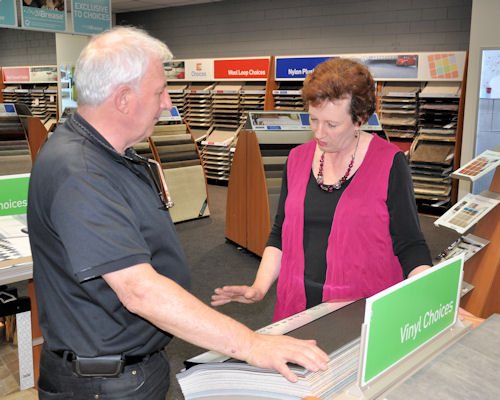 Audio for slide 9 (mp3 |6|KB)
Audio for slide 9 (mp3 |6|KB)
It also keeps them in touch with the latest trends in the industry and the expectations of customers in relation to service and quality.
So it's often the case that a business has to comply with an association's standards and codes as well as the Australian Standards that apply to their work.

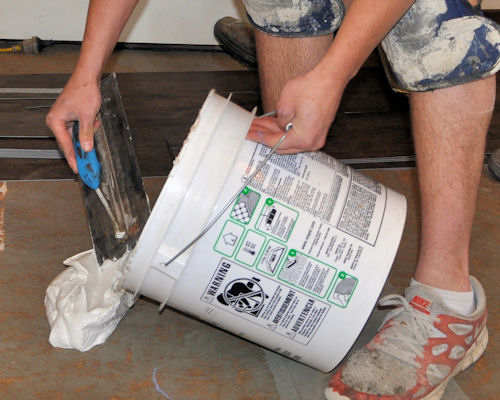 Audio for slide 10 (mp3 |6|KB)
Audio for slide 10 (mp3 |6|KB)
These are the manufacturer's instructions on how to use their products in the 'approved' way.
Like all of the standards and codes mentioned above, these guidelines are not only designed to give you the best results - they'll also help to protect you if something goes wrong.
Manufacturers often provide a warranty that says they will replace a product or help to rectify problems if the product doesn't perform as well as it's meant to. But the warranty only applies when the product is used strictly in accordance with the instructions.

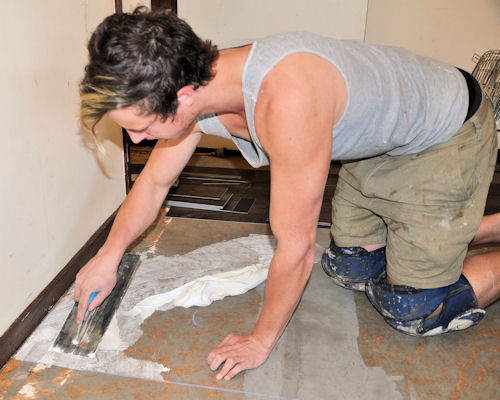 Audio for slide 11 (mp3 |6|KB)
Audio for slide 11 (mp3 |6|KB)
You've also got the law on your side if there is ever a dispute about the quality of your work.
But if you take shortcuts or don't follow the standards that apply to the work, you're on your own when something goes wrong.


Learning activity
Audio 12 (mp3 |6|KB)Which Australian Standards and industry standards apply to your work? If you're not sure, ask your supervisor what they are and where you can get copies to read.
Note that you can buy your own copy of the Australian Standards by going to: www.saiglobal.com.au.
Write down the full title of each document that you need to be familiar with.







